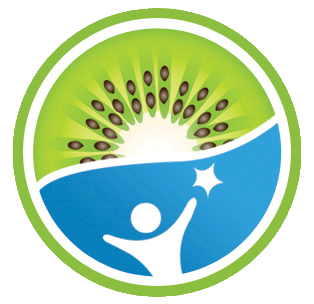For most of us who recall a favorite food from childhood, it brings us back to a favorite person, place or memory. But for my patients with irritable bowel syndrome (IBC), food is a pain—literally. These kids will try to enjoy an ice cream—or even a bowl of cereal—now only to pay later. So many foods can bring on stomach pain, indigestion or diarrhea that they and their parents are left to wonder what can they put in their mouths?
This is when the FODMAPs diet can be so effective. FODMAPs stands for Fermentable Oligo-Di-Monosaccharides and Polyols, which basically includes some kinds of carbohydrates:
Fructose: fruits, honey, high fructose corn syrup (HFCS)
Lactose: dairy
Fructans: wheat, garlic, onion, inulin
Galactans: legumes such as beans, lentils, soy beans
Polyols: sweeteners containing isomalt, mannitol, sorbitol, xylitol, stone fruits such as avocado, apricots, cherries, nectarines, peaches, plums
Developed by researchers in Australia only about a decade ago, the FODMAPs diet is still somewhat underused among dietitians because it can seem so restrictive. The diet eliminates a number of foods, from dairy to gluten, for a period of about two weeks. Then, patients slowly reintroduce foods back into their diet in order to see what does or does not irritate their stomach. The idea is that some carbohydrates feed the “bad bacteria” in patients’ guts, causing pain and irritation. The goal is to identify those fermenting foods.
Since encouraging some of my own patients to try the FODMAPs diet over the past four years, I have found the plan to be both effective and necessary. By eliminating so many foods at the start of the diet, we are able to get to the source of a patient’s stomach problem. By eliminating foods, we also eliminate the guesswork. The whole diet takes a few weeks and about three visits.
And you know what? Most of my patients find that even the restrictive period of the diet is manageable, thanks to the meal plans I provide. Since the diet is food restrictive but not calorie restrictive, there is no reason a child on the FODMAPs diet should be hungry. The key is to finding healthy alternatives that will not irritate the stomach.
And then, at the end of the treatment, patients leave knowing exactly what foods they can tolerate.
Here’s a sample daily menu for a child during the restrictive period of a FODMAPs diet:
Breakfast: Plain Cheerios with lactose free milk, half banana and a hard-boiled egg
Lunch: Skippy Peanut Butter on gluten free bread with natural fruit preserves, carrot sticks, potato chips and lactose free milk
Dinner: Oven roasted chicken, baked potato with butter, green salad with homemade vinaigrette, ½ cup strawberries and lactose free milk
Snacks: Popcorn and lactose free yogurt
I’ll be giving a talk to the North Suburban Dietetic Association at the Northwest Community Hospital in Arlington Heights on September 16, focusing on the FODMAPs diet.


